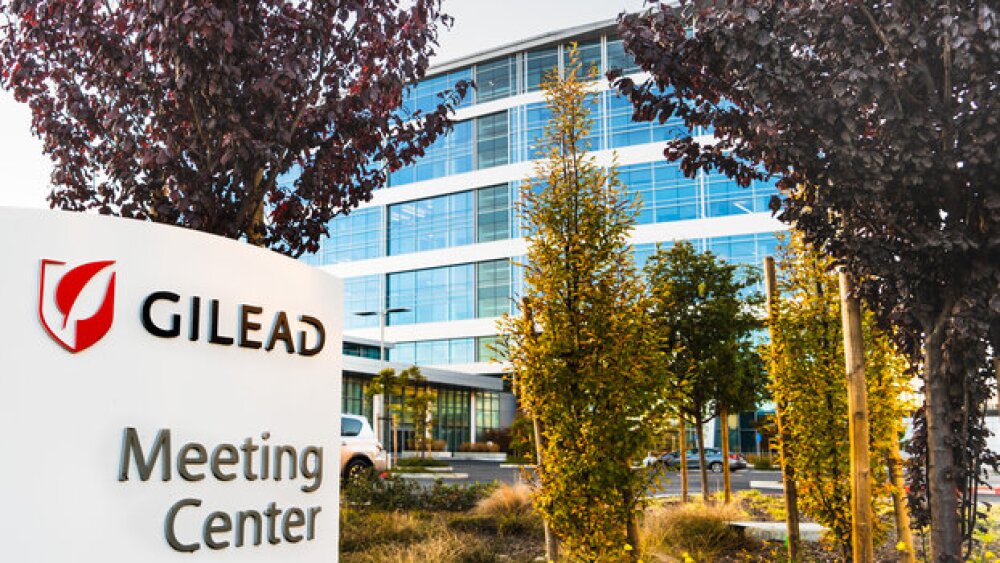AbbVie launched a revamped version of its Allē loyalty program, which ultimately was not adopted by providers. The marketing misstep comes as the company’s aesthetics franchise faces broader pressures.
AbbVie revamped a loyalty program for its aesthetics products at the end of last year, which to the company’s chagrin, did not have the desired effect. Instead of boosting adherence to AbbVie’s products, the company saw aesthetics product sales decline 4.4% year over year to $1.3 billion in the fourth quarter.
Carrie Strom, president of Global Allergan Aesthetics for AbbVie, said a new version of the Allē loyalty program was launched in October 2024 in an effort to benefit providers by increasing treatment frequency, patient retention and cross-selling. The program allows patients to receive points and rewards that can be applied to AbbVie’s legacy Allergan aesthetics products such as Botox, Juvéderm, CoolScupting and more.
“While some providers embraced the new loyalty program, many felt the new construct was too complex to integrate into their practices, therefore negatively impacting market share and inventory levels,” Strom said on AbbVie’s fourth quarter earnings call Friday morning.
AbbVie has now reversed course, reinstating the original Allē loyalty program earlier this month.
“This action has been met with a rapid and favorable response from our providers, with encouraging early indicators for sales and market share recovery,” Strom said.
AbbVie will see a one-time price adjustment for the first quarter of 2025 due to the revamped Allē program’s failure to launch, Strom said. The marketing misstep comes as AbbVie faces broader pressures to the aesthetics franchise, which it obtained with the $63 billion acquisition of Allergan in 2019.
In the U.S., sales declined 5% year-over-year to $839 million in the fourth quarter. Strom said consumers in the country have cut spending on these types of treatments in the wake of high inflation. Fillers like Juvéderm were particularly affected, dropping 10%, while toxins suchas Botoxwere more resilient, Strom said.
Despite the Q4 erosion, AbbVie’s products remain leaders in the U.S. market, according to Strom. Botox still has about 60% of the market share for toxins and Juvéderm is at 40%.
“As you reflect on the aesthetics performance, we are just going through a period of macroeconomic pressure on that business, but we do continue to see an attractive long-term setup,” CEO Rob Michael said.
Strom is confident that the return of the original Allē program will bring the market share numbers back up. She noted that patients who opted out of AbbVie’s programs during the fourth quarter didn’t all flock to one competitor but instead spread across the available options.
AbbVie’s main competitors in the toxin market are Galderma’s Dysport, Merz Pharma’s Xeomin, Evolus’ Jeuveau and Revance Therapeutics’ Daxxify. The filler market, meanwhile is more fragmented but includes products like Galderma’s Restylane and Sculptra, Merz’s Radiesse and more.
Internationally, sales of AbbVie’s aesthetic products declined 3.2% to $459 million for the quarter. Strom chalked this up to lower sales of Juvéderm in those markets. A decrease in China due to global economic headwinds particularly took a chunk out of the aesthetics earnings for the quarter.
AbbVie is hoping 2025 will see a turnaround. CFO Scott Reents called 2025 a “trough” year but pointed to a recovery on the horizon. “The big headwind over the last two years has been the economic conditions, so we do see continual improvement.”
Still, the company revised expectations for the franchise downwards from a previous expectation of $9 billion by 2029. “Growth of high-single digits” is expected into that year, with revenue “somewhere north of $7 billion,” according to Reents.
BMO Capital Markets analysts said the guidance update represents about an $800 million reduction compared to revenue in 2024. Guggenheim’s analyst team predicted sales of about $7 billion “or so” in 2029. William Blair put the sales target at $7.6 billion.
In addition to a potential economic shift that could boost AbbVie’ sales, the company is also looking to expand its aesthetics portfolio, with products like the toxin BoNTE currently in Phase III trials. “This is a business we continue to be excited about,” Reents said.
Strom said BoNTE will be “an important catalyst for new patient activation into the category.” The toxins market continues to be under-penetrated because of consumer concerns around the cost and fears of an unnatural look, she explained.
“That’s really where BoNTE will play an important role, based on its unique profile that is suited to address these concerns,” Strom said. The toxin is fast acting and has a short duration, allowing consumers to ease into the aesthetic procedures. AbbVie then hopes to flip these first-timers onto Botox.
Michael said AbbVie has continued with these pipeline investments even as the economic downturn wears on, so that the company is ready “when the market does recover.”
The CEO continued, “We’ve set up this business to be a global, fully integrated unit with dedicated support from R&D and business development, and I’m confident that focused approach will pay off in the long run.”






